What is the Metaverse, and why does it need a social layer?
Chad Richman, CEO
August 05, 2020
The Metaverse
If you were to take a poll of futurists asking which artifact of science fiction technology is most likely to become a reality in the next decade, one of the top responses would surely be the Metaverse. But what are the defining features of this idea? There are many definitions, and, in a way, the Metaverse has become a vague shorthand for any number of converging technologies: AR/VR, ubiquitous computing, blockchain, 5G, etc. So, when we say that Clink is the social layer of the Metaverse, we feel an obligation to define our vision of what the Metaverse is, or what it should be.
The Wikipedia definition of the Metaverse is as good a place as any to start:
“The Metaverse is a collective virtual shared space, created by the convergence of virtually enhanced physical reality and physically persistent virtual space…”
We can unpack this definition into the three defining features that we believe constitute the Metaverse:
Collective Virtual Shared Space. The first defining feature of the Metaverse is that it is an open virtual space that is shared by everyone. Open like the internet, anyone can participate and build anything they can imagine within the Metaverse. And like the virtual world of an MMORPG, the Metaverse presents itself to users as a navigable space that can be explored and where its inhabitants can interact with each other. “Navigable space” implies some sort of dimensionality—users can be “closer together” or “farther apart,” or, for example, they can be in the same or different rooms or regions.
Convergence with Physical Reality. The second defining feature is a linkage between the digital world and the virtual world. Unlike a purely virtual world, such as Second Life, the virtual objects and events of the Metaverse have a context that situates them in the real world. For example, a virtual concert in the Metaverse may be located in your back yard, and would not be accessible from, say a down-the-street neighbor’s yard. This context extends to the people who inhabit and interact with the Metaverse as well; moving through the real world should change your location in the Metaverse, and interactions with others in the Metaverse implies some sort of real presence in the shared physical/virtual space. Presence includes IRL face-to-face meetings but may also be expanded to include some sort of telepresence or meeting of virtual avatars.
Persistence. The last defining feature of the Metaverse is persistence. This is like a virtual version of the object-permanence we are familiar with in the physical world. The Metaverse is there even when you are not. For example, if you leave a virtual object on the ground in a park near your home, then someone else may find it that evening and interact with it, or even take it away with them. This is the feature that gives the Metaverse its sense of realism and makes it more than just a game or an app, but a digital enhancement of analog life.
We believe that the three defining features above are the core elements of what constitutes a Metaverse, and although the idea of the Metaverse inspires visions of floating application windows in real space, or seeing a digital dragon out your window—nowhere does the definition of the Metaverse require any particular sensory experience. The Metaverse may ultimately be a mixed reality experience, but it does not need to begin there, nor does it need to be 3d, or even 2d. In fact, we believe that one of the ways that current projects focused on building the Metaverse have missed the mark is that they have focused too much on the sensory experience, rather than on building the context layer that will knit these experiences together into a coherent universe.
The Social Layer
Clink was founded in large part as an answer to a simple question. What is the minimum viable Metaverse? What are the simplest components that would constitute a Metaverse while still remaining engaging and enriching to the lives of its users?
For our answer, we are inspired in part by the history of purely online virtual worlds. Modern MMORPGs like World of Warcraft did not spring into existence as the fully formed sensory experiences they are today. Long before 3d graphics were even a possibility, text-based MMORPGs were capturing the attention of early adopters of the consumer internet. These text-based games were themselves built from simpler components, and were effectively just chat rooms linked together with game logic.
We find it telling that the most compelling virtual worlds of today were not built on a foundation of spectacular visuals, but rather were built on fundamentally social elements. The social aspect is the ingredient that gives life to a virtual world. People bring their stories and their unique perspectives with them where they go, and it is serendipitous connections between these people that gives the magic spark to the world. Early virtual worlds provided new and exciting ways to connect with each other, and collective imagination was able to supply what early graphics processors couldn’t. People and a context for connection were the only necessary ingredients.
We believe that the same will be true of the development of the Metaverse. Surely the Metaverse of the future will offer some stunning sensory experiences, but without the social context these elements will never be more than gimmicks. That’s why we set out to build a geosocial network that is designed to serve as the basis for the Metaverse. Clink provides all the real-world context needed to seamlessly blend the virtual world together with the real world, while also giving users new ways to explore this hybrid environment and to connect with each other.
